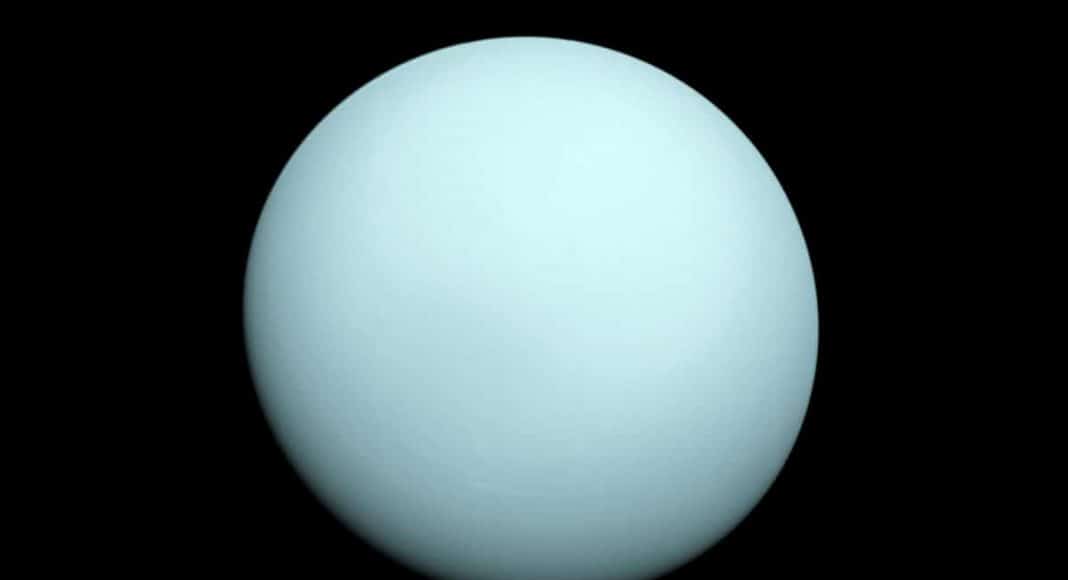Uranus never receives enough loves. Uranus is never heaped with attention, treated with the dignity of other gaseous planets. Our governmental agency dedicated to space travel and exploration NASA hasn’t been a proper lover to Uranus either. The most exploring we’ve done of Uranus was a flyover.
Okay, I snuck in enough Uranus puns to satisfy my inner child. But we’re discussing the planet because NASA recently announced plans to probe Uranus (not an intended pun!) and Neptune. Though Uranus and Neptune bare some similarities to recently discovered exoplanets, these planets only received one fly-by mission, courtesy of Voyager II, back in 1986.
Proposed missions include three probes and one fly-by of Uranus as many of the planet’s secrets remain a mystery. Scientists hope to determine the atmospheric makeup and composition of the planet, and document its geography through photography. In addition researchers will study its climate and how Uranus and Neptune fits within our Solar System.
“The preferred mission is an orbiter with an atmospheric probe to either Uranus or Neptune – this provides the highest science value, and allows in depth study of all aspects of either planet’s system: rings, satellites, atmosphere, magnetosphere,” Amy Simon, co-chair of the Ice Giants Pre-Decadal Study group, told News Scientist.
Much of the universe remains a great mystery to us. Missions like these hope to illuminate that darkness and tackle lingering questions. For example, why is a planet as gaseous as Uranus so cold? Neptune holds other queries, though those missions haven’t received proposals yet.
In fact, all these missions with their probing of Uranus and fly-bys remain a great deal away in funding and timeframe. NASA has targeted 2030-36 for a possible Uranus trip while a Neptune mission would take place before 2030 or after 2040, due to the timing of a gravity-assisted boost around Jupiter.


